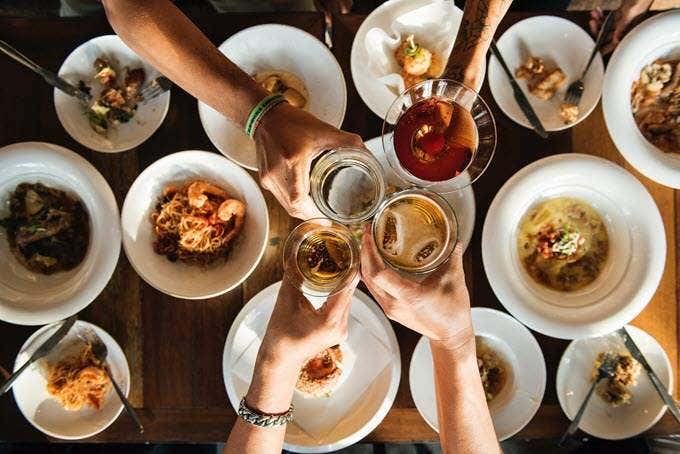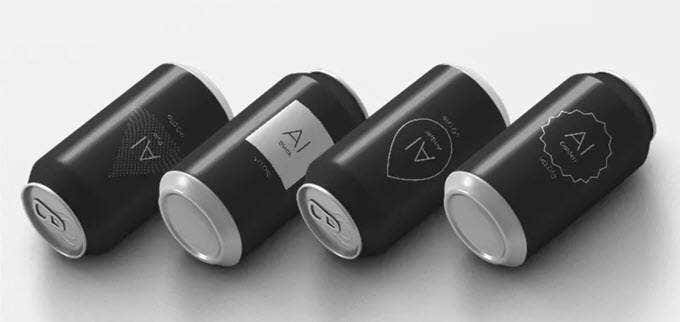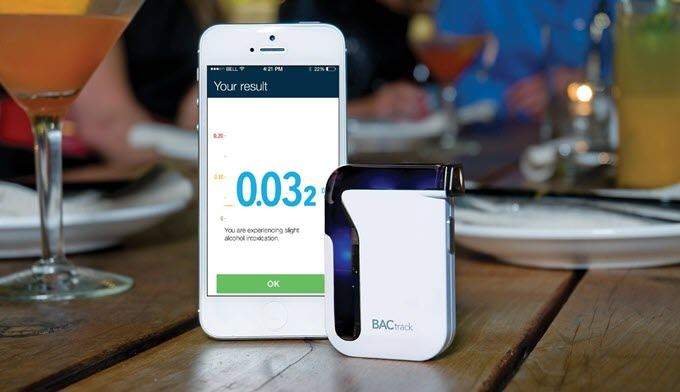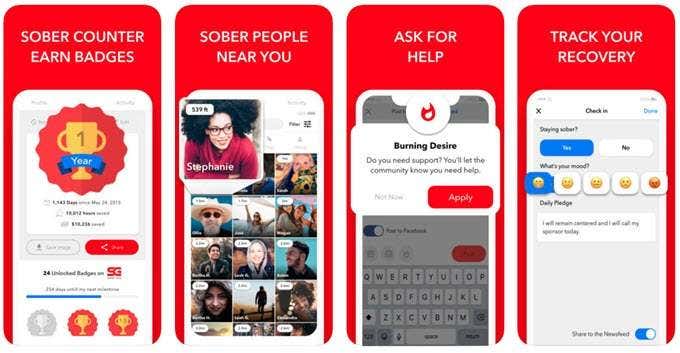Given its primary purpose–consumption–one might ask how a beverage that is wholly dependent on a bodily process (drinking) could possibly be improved upon or digitally enhanced. After all, we can’t really change how we consume liquids. But what we can change is everything that surrounds the moment we bring a glass or a bottle to our lips. The activities directly and indirectly associated with drinking alcohol are where we’re seeing digital transformation occur, from how alcohol is made to how it impacts transportation and the ways we do or don’t consume it. Here are four key examples of new tech that’s helping people drink smarter.
IntelligentX: AI Beer
The craft beer market is nearing saturation, but the answer to any buzzkill caused by an overload of brands, many of which are now brewing similar-tasting concoctions, may already be here: IntelligentX. IntelligentX is a smart brewing program that collects data on what kind of beer you enjoy drinking and uses an AI algorithm to tweak how the beer is brewed based on yours and others’ feedback. It’s a subscription-based program through which a case of 10 specially brewed and cleverly named ales–Pale AI, Black AI, Golden AI, and Amber AI–are delivered to you on a regular basis. But these are just base flavors. As IntelligentX collects your feedback through its app, the AI algorithm will learn your taste preferences and find other customers in its system with similar preferences to pull together new recipes that are more personalized but also introduce new flavors you may not have tried. This provides an enriched tasting experience. Note that deliveries are limited to mainland UK at the moment, but IntelligentX plans to expand beyond this region in the near future. The first deliveries of this AI beer are expected to arrive at customers’ doorsteps in May 2019. You can set the frequency of your deliveries as well as cancel your subscription at any time. While IntelligentX won’t replace any of your favorite breweries, it’s AI approach to brewing a continuously improving beer certainly could be a catalyst for transforming the way traditional breweries operate and compete for the loyalty of serious beer connoisseurs.
Uber’s Intoxication ‘Gauge’
If you’re old enough to drink legally, you should be responsible enough to know when you can’t drive. In recent years, transportation network companies like Uber have made the decision to not drive easier, with Uber claiming it has actually reduced drunk driving through its service. It’s much safer to pay someone a reasonable fee to have them take you where you need to go when you’re under the influence than it is to drive their on your own. But that doesn’t mean every intoxicated Uber passenger is as congenial as drivers would hope–far from it, there have been countless publicized incidents of inebriated passengers being quarrelsome and unruly. Uber is now filing a patent for application functionality that would use machine learning to determine the state of someone based on how they’re using the Uber app–e.g., if they’re making typos or imprecisely clicking a button or holding their device abnormally–as well as factoring in things like the speed at which they’re walking. While Uber hasn’t outright stated their intentions for this functionality, it has many rightly assuming it would be most useful in helping drivers know ahead of time if they’re going to be picking up someone who’s intoxicated. And if an app user seems to be in a seriously altered state of mind, they may only get matched with drivers who have the proper experience in dealing with those situations. These individuals may also be barred from ride-sharing. All around, the hope seems to be that this new application functionality would improve Uber’s service and make things safer for all: those who are drinking, those who aren’t, and those who are taxiing them around. But it’s not just intoxicated passengers Uber has to worry about. There have also been incidents where drivers take advantage of these individuals. As for protecting riders from these unfortunate situations, it’s something else Uber is also going to have to answer for, likely through the implementation of technology.
BACtrack Smartphone Breathalyzer
The reality is, sometimes it’s hard to tell if you’re at or above the legal intoxication limit to drive, and reaching that point can vary between individuals based on their bodies. It’s important to understand your limits, both in terms of how you feel and what’s legally permitted if you’re operating a vehicle. To accurately ascertain your blood alcohol concentration (BAC), you need a breathalyzer. You might think these are reserved for police officers to use when they pull over intoxicated drivers, or for people who must prove their temperance after having been charged with drunk driving or other alcohol-related incidents that result in conviction; but BACtrack offers a personalized breathalyzer option for individuals who want to be certain they’re okay to operate a vehicle after they’ve been drinking. BACtrack provides several compact breathalyzers that sync to a mobile app to indicate your BAC. In other cases, you may want to track someone else’s BAC. BACtrack’s ZeroLine functionality will then provide an estimated timeframe in which your BAC will return to normal. Ultimately, getting this data real-time can help you and others you’re with make smarter decisions. But BACtrack isn’t only good for telling yours or someone else’s BAC. You can also attach notes to your BAC scores to keep track of what you ate and drank, where you were and with who, and how you felt when you took a breathalyzer test. Having this history can help you make better decisions that result in healthier or safer outcomes. And having a compact, portable breathalyzer like BACtrack that meets the demands of our digital age can mean the difference between a safe night and one that ends badly.
Sober Grid Social Network
Despite all of the great technology permeating the alcohol industry to make it more enjoyable for those who drink for the taste and safer for those who drink for fun, drinking isn’t for everyone–and it can’t be a part of life for some. Sobriety isn’t easy, but Sober Grid, a social networking app that helps people stay sober, is making it more manageable. Boasting over 130,000 users as of 2019, Sober Grid is the largest mobile-based community of sober people, and it’s completely free.One of the app’s key features is the “Burning Desire” button. Users can press it if they have a serious urge to imbibe, and others in the Sober Grid community can reach out to provide support. Similar to other social networks, Sober Grid users can create profiles and connect, chat, and share over a newsfeed with others in their local area and around the world using what’s called The Grid. In addition to joining a community of other sobriety-minded individuals, Sober Grid users also have access to 24/7 Certified Peer Coaches who have been trained and certified to help people get sober and stay sober. In building these relationships with others who are on a quest to stay alcohol-free and having access to support coaches, users can find confidence, encouragement, and solidarity on their journey mission to cut alcohol out completely.
Enjoy Responsibly
Technology is changing the alcohol industry, from how people do or don’t consume beverages to the choices they make in those contexts. What’s important is the technology being introduced is helping people be smarter about how they manage their relationship with alcohol, ultimately creating a more responsible drinking culture. Is there other technology you’re aware of that’s changing the alcohol industry? Let us know in the comments.




